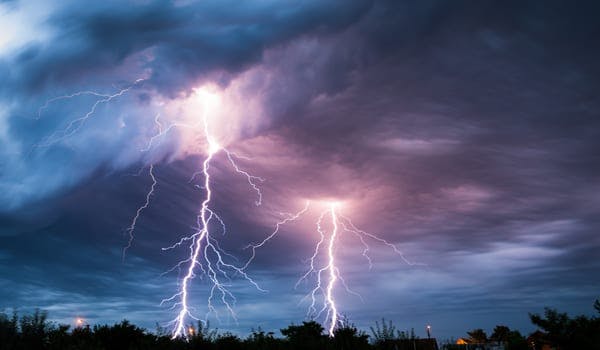The fires in NSW earlier this month proved once more that Mother Nature can be harsh and unexpected.
While you can’t always predict disaster, you can prepare for any contingency by making sure all your business systems and data are safe.
Matt Dixon, head of Ricoh IT Services, believes SMB owners wondering whether it’s worth spending money on disaster recovery should consider how they would feel if they did lose all their critical data.
“Many are prepared to run the risk because they think it won’t happen to them, but they should look at disaster recovery as a kind of an insurance policy,” Dixon said.
Dixon has identified 5 key steps in creating an effective disaster relief strategy for SMB owners:
- Actually do something and get started with it!
- Identify the systems that would cause the most trouble for your business if they were down
- Work out how long those systems can be out for before the business starts to suffer
- Make sure the critical data from those systems is backed up and stored in another place
- Make sure you can actually access the backup systems remotely. Offsite systems operating in the cloud are useful here.

